预约演示
更新于:2025-10-05

Gifu Pharmaceutical University
更新于:2025-10-05
概览
标签
遗传病与畸形
眼部疾病
神经系统疾病
小分子化药
造影剂
合成多肽
疾病领域得分
一眼洞穿机构专注的疾病领域
暂无数据
技术平台
公司药物应用最多的技术
暂无数据
靶点
公司最常开发的靶点
暂无数据
| 排名前五的药物类型 | 数量 |
|---|---|
| 小分子化药 | 3 |
| 造影剂 | 1 |
| 合成多肽 | 1 |
| 细胞疗法 | 1 |
关联
5
项与 Gifu Pharmaceutical University 相关的药物靶点 |
作用机制 CK2抑制剂 |
在研适应症 |
非在研适应症- |
最高研发阶段临床前 |
首次获批国家/地区- |
首次获批日期- |
靶点- |
作用机制- |
非在研适应症- |
最高研发阶段临床前 |
首次获批国家/地区- |
首次获批日期- |
靶点 |
作用机制 CDK8抑制剂 |
在研适应症 |
非在研适应症- |
最高研发阶段临床前 |
首次获批国家/地区- |
首次获批日期- |
13
项与 Gifu Pharmaceutical University 相关的临床试验JPRN-UMIN000054268
A study of the relationship between plasma concentrations of linezolid and its relationship with the frequency of adverse events and discontinuation factors. - A study of the relationship between plasma concentrations of linezolid and its relationship with the frequency of adverse events and discontinuation factors.
开始日期2024-06-01 |
JPRN-UMIN000052478
Studies on the relationship between plasma concentrations of linezolid and its efficacy and thrombocytopenia - Studies on the relationship between plasma concentrations of linezolid and its efficacy and thrombocytopenia
开始日期2023-09-25 |
JPRN-UMIN000042868
A Clinical Study of the Effects of Anxiety and Treatment Side Effects on Quality of Life in Patients with Malignant Lymphoma - A Clinical Study of the Effects of Anxiety and Treatment Side Effects on Quality of Life in Patients with Malignant Lymphoma
开始日期2021-01-01 |
100 项与 Gifu Pharmaceutical University 相关的临床结果
登录后查看更多信息
0 项与 Gifu Pharmaceutical University 相关的专利(医药)
登录后查看更多信息
3,856
项与 Gifu Pharmaceutical University 相关的文献(医药)2025-11-01·INTERNATIONAL JOURNAL OF CARDIOLOGY
Changes in syndecan-1 concentration in the coronary sinus immediately after cardiac reperfusion reflect postoperative myocardial injury
Article
作者: Kato, Takayoshi ; Fujii, Ryo ; Watanabe, Takatomo ; Ogura, Hiroki ; Okada, Hideshi ; Doi, Kiyoshi ; Sato, Masayuki ; Inoue, Yuta ; Kato, Yohei ; Inoda, Ayako ; Suzuki, Akio ; Umeda, Etsuji ; Watanabe, Daichi ; Kawashima, Hiromu ; Yoshimura, Tomoaki ; Suzuki, Keiko ; Sakai, Osamu
OBJECTIVES:
Endothelial glycocalyx (eGCX) is shed into the bloodstream during reperfusion injury and ischemia, and its core proteins, syndecan-1 and glypican-1, can be measured in the blood. However, no studies have measured cardiac serum syndecan-1 concentrations in blood from the coronary sinus. Therefore, we aimed to examine the relationship between the degree and changes in eGCX damage and postoperative clinical outcomes using blood drawn from the coronary sinus.
METHODS:
Serum eGCX concentrations in the coronary sinus of 56 patients who underwent cardiac and thoracic aortic surgery with combined ante- and retrograde cardioplegia were analyzed. The association between maximum postoperative troponin T (TnT) level, as a myocardial damage marker, and eGCX injury markers, including syndecan-1 and glypican-1, measured in coronary sinus blood drawn immediately after reperfusion, was assessed. The association between eGCX injury markers and duration of cardioplegic arrest was also investigated.
RESULTS:
An association between degree of change in coronary sinus serum syndecan-1 concentration during reperfusion and postoperative maximum serum TnT levels was observed. No such association was found between the degree of change in coronary sinus serum glypican-1 concentration during reperfusion and postoperative serum TnT levels. Similar results were obtained for somatic circulation. Moreover, an association between maximum change in serum syndecan-1 concentration in the coronary sinus during reperfusion and cardioplegic arrest duration was observed. No such association was found for glypican-1 concentration.
CONCLUSIONS:
The degree of endothelial damage to the coronary sinuses during reperfusion may predict myocardial injury following cardiac surgery.
2025-11-01·INTERNATIONAL JOURNAL OF PHARMACEUTICS
Instant-gelling electrospun polyvinyl alcohol nanofiber mats for enhanced retinal drug delivery via topical ocular application
Article
作者: Kamiya, Yuiko ; Ito, Takaaki ; Hara, Kouji ; Taie, Yudai ; Tahara, Kohei ; Yamazoe, Eriko ; Uda, Shomu
Topical application is the preferred route for drugs to treat ocular diseases, but most current eye drop preparations deliver active ingredients only transiently to surface structures. To enhance ocular drug delivery following topical application, we developed a preparation utilizing the unique property of polyvinyl alcohol (PVA) nanofibers to gel rapidly upon contact with minimal tear fluid on the ocular surface, thereby enhancing precorneal residence time. Coumarin 6 (C6), a poorly water-soluble fluorescent compound, was used as a tracer to evaluate the intraocular drug delivery by several PVA- and non-PVA-based preparations. C6 was incorporated into nanofibers via emulsion electrospinning and maintained in an amorphous state within the fibers to enhance solubility. Nanofibers were prepared using PVA with different polymerization and hydrolysis degrees. The corneal epithelial cell (CEC) damage potential was examined in monolayer culture by electrical resistance measures. All preparations demonstrated good biocompatibility without CEC barrier damage. The C6 release profiles varied depending on polymerization and hydrolysis degrees of PVA, indicating tunable release capacity. Low-polymerization PVA resulted in rapid C6 release, whereas completely hydrolyzed PVA enabled sustained release. C6 was barely detectable in mouse ocular tissue after topical administration of an aqueous suspension, while C6 dissolved in ethanol or encapsulated in liposomes reached peak ocular concentrations within 30 min, followed by a decline at 6 h. In contrast, administration of C6-containing nanofiber mats resulted in 5- to 18-fold higher retinal concentrations at 6 h compared to C6-containing liposomes. This PVA nanofiber-based system can safely prolong ocular drug delivery and improve bioavailability for poorly water-soluble compounds.
2025-11-01·STEROIDS
Kobochromone A, a polyphenol in Carex kobomugi, suppresses androgen signaling induced by 11-oxygenated androgens and enhances the efficacy of AKT inhibitors in triple-negative breast cancer cells
Article
作者: Endo, Satoshi ; Abe, Naohito ; Tanio, Masatoshi ; Kudo, Yudai ; Saka, Tomofumi ; Itoh, Akichika ; Oyama, Masayoshi ; Hayashi, Riri ; Yamaguchi, Eiji ; Yoshino, Yuta ; Miyamoto, Yuri ; Arai, Yuki ; Kashiwagi, Hirohito ; Kawano, Shinya ; Ikari, Akira
Breast cancer is the most common cancer in women, with triple-negative breast cancer (TNBC) accounting for approximately 20% of cases. TNBC lacks estrogen receptors (ER), progesterone receptors (PR), and epidermal growth factor receptor 2 (HER2) expression, which makes targeted therapies ineffective. The luminal androgen receptor (LAR) subtype of TNBC expresses androgen receptor (AR), highlighting the need for treatment strategies that target androgen signaling. Recently, the role of 11-oxygenated androgens, in addition to conventional androgens such as testosterone and dihydrotestosterone, in androgen-related diseases in women has gained increased attention. In this study, we investigated the involvement of 11-oxygenated androgens in LAR TNBC and explored the anti-androgenic effects of Kobochromone A (KC-A), a natural compound derived from Carex kobomugi. KC-A inhibits the androgen-synthesizing enzyme dehydrogenase/reductase short-chain dehydrogenase/reductase family member 11 (DHRS11) and suppresses AR expression. Using the AR-positive TNBC cell line MDA-MB-453, we demonstrated that 11-oxygenated androgens activate androgen signaling and promote cell proliferation. KC-A significantly inhibited androgen signaling by reducing nuclear AR localization and decreasing transmembrane protease, serine 2, and c-Myc expression. Furthermore, KC-A synergistically enhanced antiproliferative effects of the AKT inhibitor capivasertib (Cap), promoted apoptosis, and further suppressed AR expression. The primary therapeutic mechanisms of KC-A were identified as its dual actions: inhibition of DHRS11 and suppression of AR expression. These findings suggest that KC-A, either alone or in combination with AKT inhibitors, may offer a promising therapeutic strategy for LAR TNBC by targeting androgen signaling. Further studies are needed to confirm the efficacy and safety of KC-A in clinical applications.
100 项与 Gifu Pharmaceutical University 相关的药物交易
登录后查看更多信息
100 项与 Gifu Pharmaceutical University 相关的转化医学
登录后查看更多信息
组织架构
使用我们的机构树数据加速您的研究。
登录
或
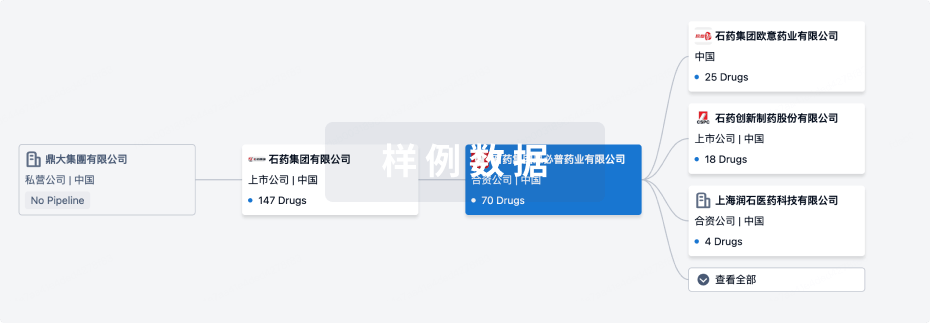
管线布局
2025年11月10日管线快照
管线布局中药物为当前组织机构及其子机构作为药物机构进行统计,早期临床1期并入临床1期,临床1/2期并入临床2期,临床2/3期并入临床3期
临床前
5
5
其他
登录后查看更多信息
当前项目
| 药物(靶点) | 适应症 | 全球最高研发状态 |
|---|---|---|
KY-065 ( CDK8 ) | 软骨发育不全 更多 | 临床前 |
Arctigenin ( ADIPOR1 x PDHK1 x PP2A ) | 年龄相关性黄斑变性 更多 | 临床前 |
Hypoxia Inducible Factor-1 Inhibitors(Gifu Pharmaceutical University) ( SETD2 ) | 肿瘤 更多 | 临床前 |
GCT-102 | 眼部疾病 更多 | 临床前 |
[11C]GO289 ( CK2 ) | 阿尔茨海默症 更多 | 临床前 |
登录后查看更多信息
药物交易
使用我们的药物交易数据加速您的研究。
登录
或
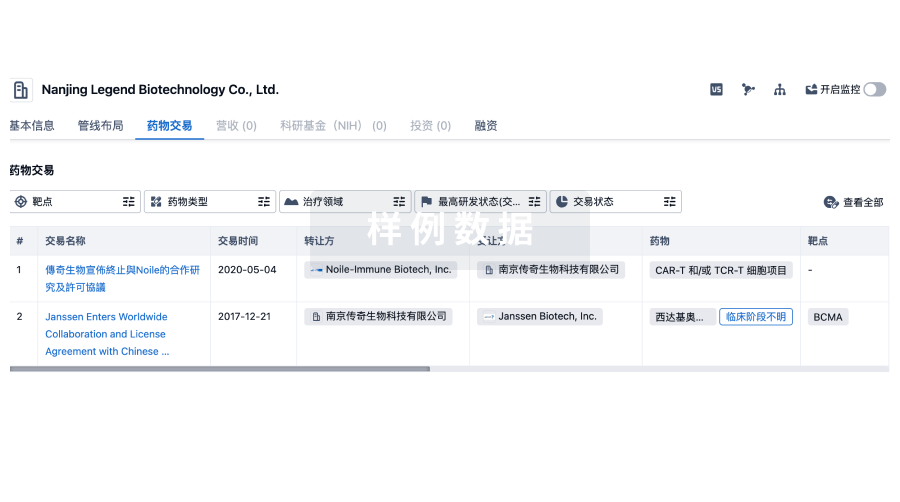
转化医学
使用我们的转化医学数据加速您的研究。
登录
或
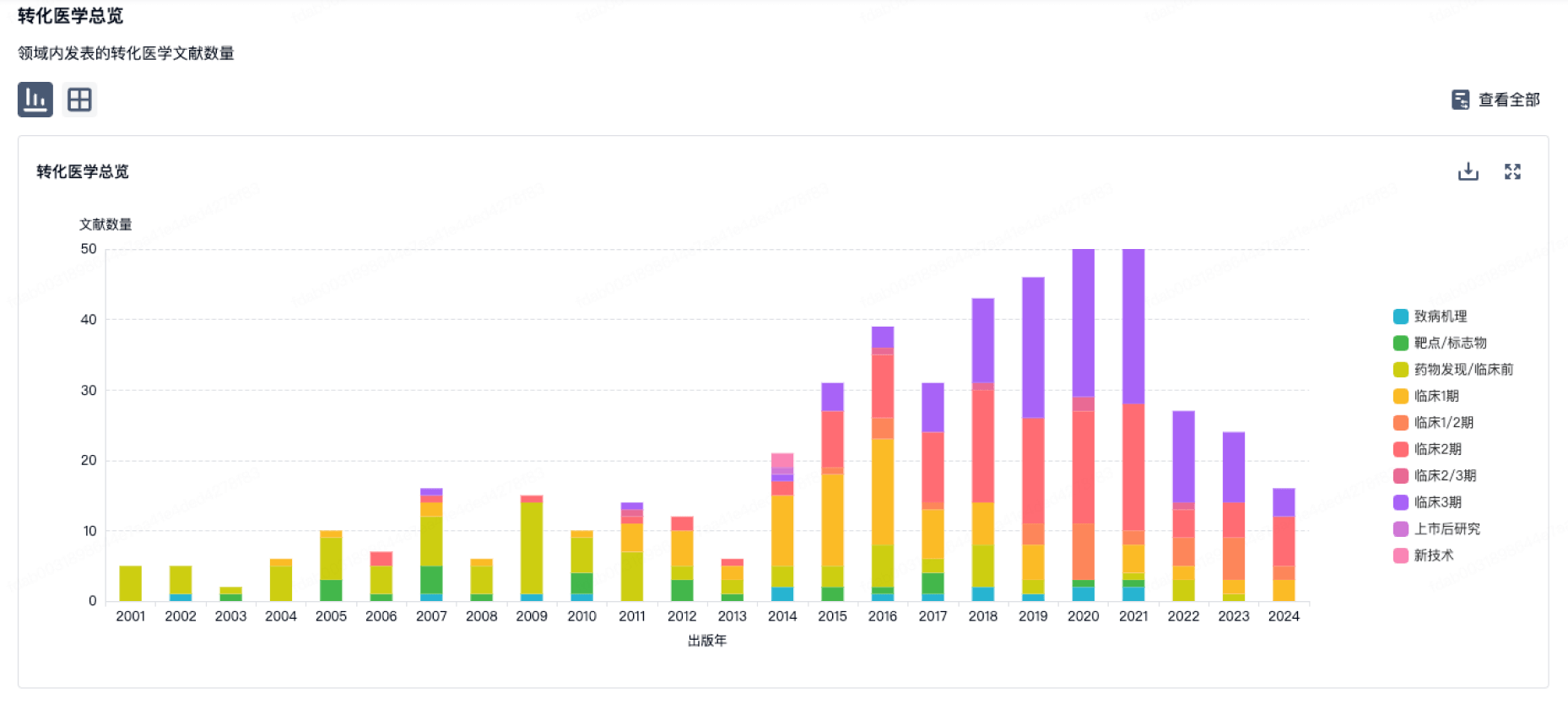
营收
使用 Synapse 探索超过 36 万个组织的财务状况。
登录
或
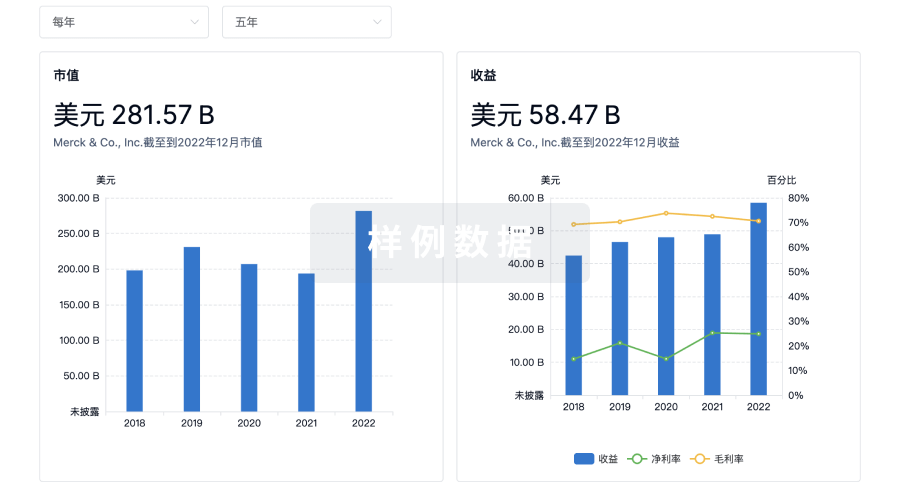
科研基金(NIH)
访问超过 200 万项资助和基金信息,以提升您的研究之旅。
登录
或
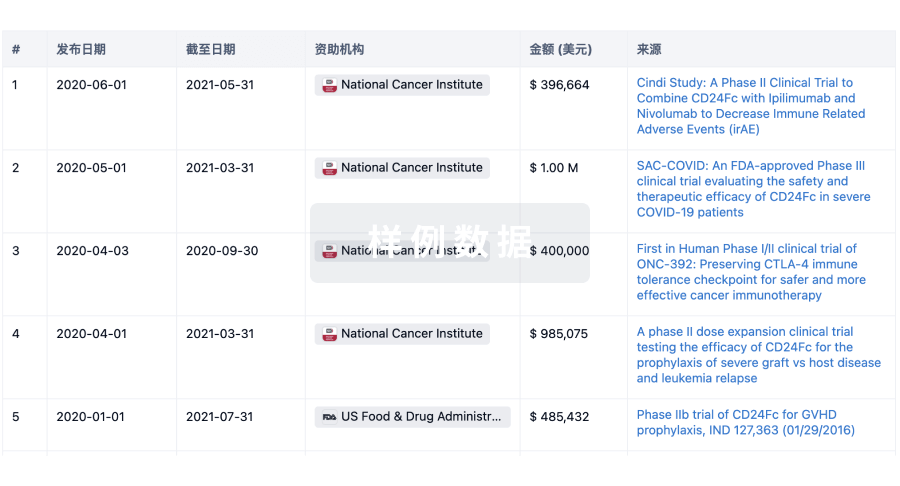
投资
深入了解从初创企业到成熟企业的最新公司投资动态。
登录
或
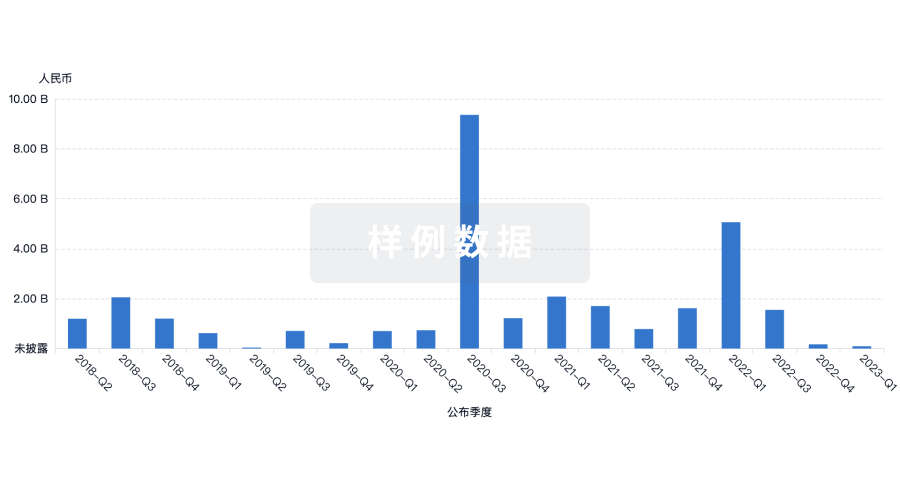
融资
发掘融资趋势以验证和推进您的投资机会。
登录
或
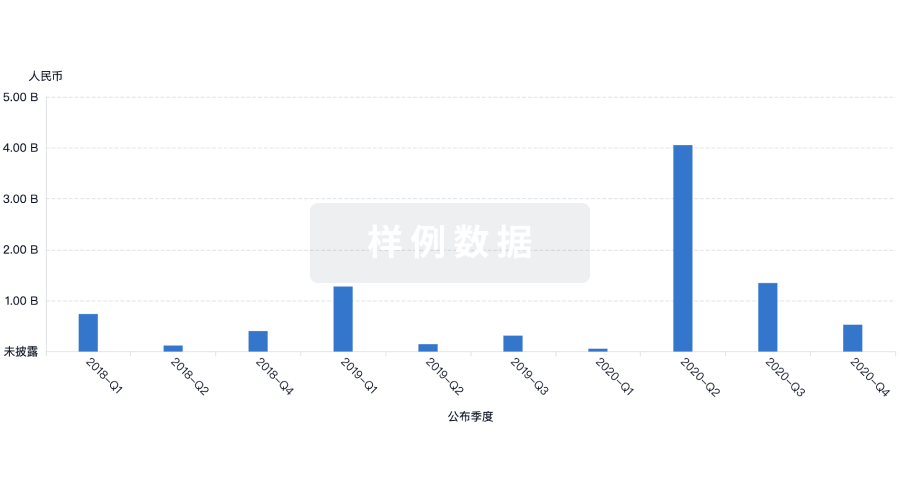
生物医药百科问答
全新生物医药AI Agent 覆盖科研全链路,让突破性发现快人一步
立即开始免费试用!
智慧芽新药情报库是智慧芽专为生命科学人士构建的基于AI的创新药情报平台,助您全方位提升您的研发与决策效率。
立即开始数据试用!
智慧芽新药库数据也通过智慧芽数据服务平台,以API或者数据包形式对外开放,助您更加充分利用智慧芽新药情报信息。
生物序列数据库
生物药研发创新
免费使用
化学结构数据库
小分子化药研发创新
免费使用
